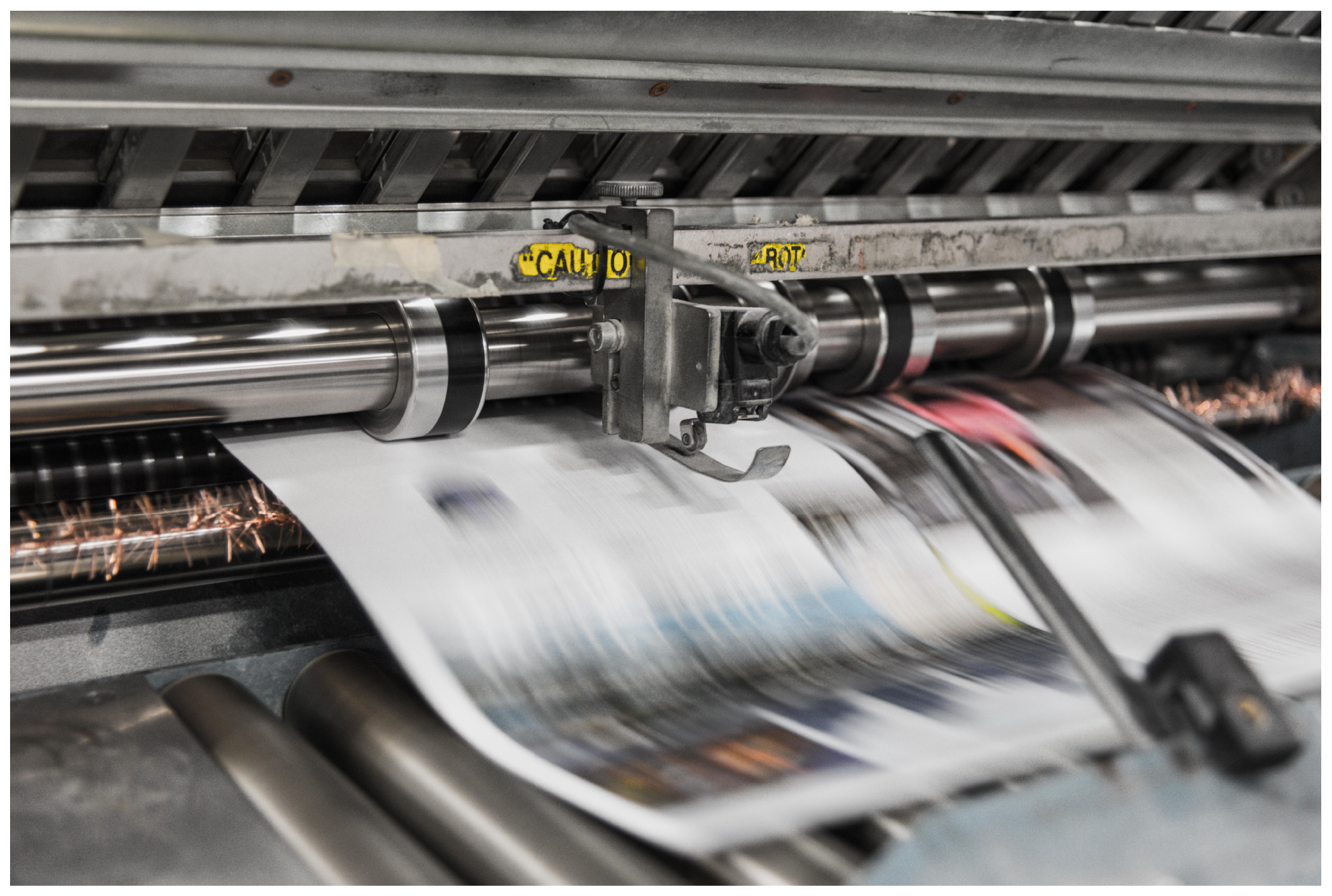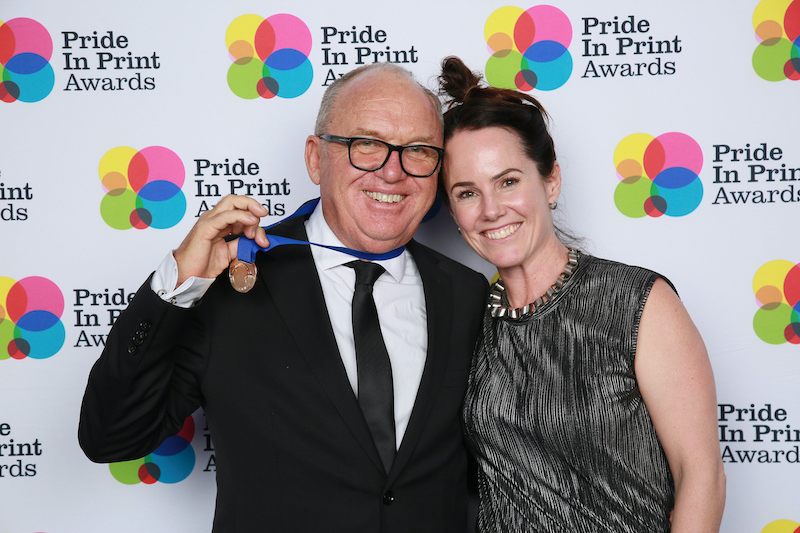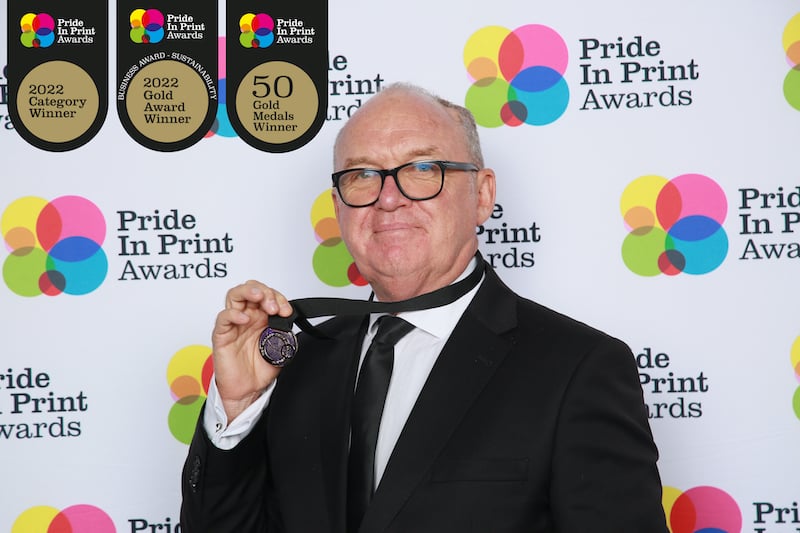 Hutch
Hutch
When it comes to innovation and creativity, all minds are not created equal.
It seems appropriate to start by defining what we mean by those terms and examining their relevance to our lives.
I believe innovation is the love child of creativity and unfulfilled human needs.
Creativity is about insight rather than information and defies accurate definition, but one that comes close is “seeing what everyone else has seen and thinking what no one else has thought.” It comprises three essential elements; originality, utility and a tangible product that is recognized by others. The utility could be corporeal or intangible. It could mean anything from a useful device or tool, to a work of art.
The trouble is creativity has become very fashionable and most people play fast and loose with its meaning. It’s a big word with lots of nuances and it is relative, because all creative activities reside somewhere on a continuum that ranges from bricklaying, through painting the Sistine Chapel ceiling, to discovering gravity.
But people head off to seminars, read books or study creativity, thinking that it is a process that can be learned — a dangerous notion of dubious promise. To claim it can be learned is to demean it. Creativity is not about rules it's about how you break them. Aspirants should instead be taught how to recognise creativity when they see it.
There is no doubt that creative skills can be honed and polished, but the core talent should pre-exist the polishing.
Another way of defining - or achieving - creativity is “making the familiar strange and the strange familiar”.
So, who has it, where should we look for it and how do we recognise it when we see it?
For a start, you don’t want too much creativity in your average heart surgeon or airline pilot.
When you are under the knife, you desperately want the knife you are under to be wielded by a very un-creative, but highly intelligent ex-geek who was paying attention in Biology 101. Not by someone who was at the beach chatting up Gaye Ashton on the day they were dissecting frogs and who is now wanting to be adventurous with your cardiovascular system.
If creative people did open-heart surgery, rather than follow the anatomy textbook, they might be tempted to try connecting the left ventricle directly to the penis in order to speed up blood flow.
Similarly, you don't want to be in a plane flown by a creative airline pilot. Just for the hell of it, he might decide to loop the loop in the middle of meal service. And you definitely want the building you're in to have been designed by an engineer who knows more about calculus and physics than couplets and phonemes.
While it is true that all creative people are bright, it is not true that all bright people are creative. There is a body of evidence that suggests beyond a certain point, (like an IQ of 120) higher intelligence has no real bearing on creative powers. In other words, you can't be a creative innovator just because you are very clever. Which helps explain why people with IQs of 160 often end up working for those with IQs of 100.
The undoubted intelligence required by would-be doctors and jet pilots is directed at assimilating and storing information to be recalled sequentially, not in the random manner of your average writer. And that’s the point — some people's brains are wired differently when it comes to creativity and innovation.
Generally speaking, discovery and invention comes from intuitives who make up approximately 24% of the general population, order is made from chaos by non-intuitives who make up the other 76%. The world needs both sorts — in that kind of proportion — in order to function.
Consider the relationship between creativity and intelligence. Many inventors, or innovative scientists like Einstein (an average mathematician by his own admission) and 80% of the members of the Royal Society, were strictly B to B+ students at university. Their success being due to the fact that they have creative rather than linear minds.
It seems to me there are two sorts of things in life: real stuff that ‘is’ and made up stuff that ‘might be’. Real stuff is stuff like electrical wiring or the fact that the aorta extends up from the left ventricle. Under no circumstances should it be attached to any other part of the body. People with logical minds know this.
On the other hand, innovation comes from creative people with lateral minds working with people with logical minds to make something out of nothing. Their resulting ideas may be built in concrete, painted on canvas, printed on paper or projected on a screen. Collaboration is the key.
That’s the thing — having a medical degree qualifies you to be a doctor, having an accounting degree qualifies you to be an accountant and so on. But having a degree in English only qualifies you to be a reader, not a writer. Unless a writer's words are strung together in an unusual way, are delightfully lyrical, or simply make you see things from a different perspective, you might as well read the phone book.
How the creative process works no one really knows. But it is mostly about absorbing lots of information and images and letting them distill in your subconscious mind. Then insights seem to pop out as if from nowhere, usually when you are in the shower or on the motorway or eating your sushi. Pretty much anytime you haven’t got a pen handy.
Creativity is not a process you can learn from a textbook, any more than owning a set of golf clubs makes you Tiger Woods. But innovation can be the domain of everyone - with differing minds working together to bring creativity to life.
Subscribe to Email Updates
Embracing the tangible power of print
Posted at 14/08/2023 10:37:51 AM
Molly Woppy and SCG: Partnering for Environmentally Friendly Packaging
Posted at 21/06/2023 10:29:22 AM
SCG bestowed with Sustainability Award
Posted at 27/06/2022 12:37:27 PM
Award winning print
Posted at 22/06/2022 5:14:32 PM
Soar Print and ICG have merged, creating Soar Communications Group (SCG)
Posted at 7/01/2022 12:02:59 AM
Award winning print
Posted at 22/06/2022 5:14:32 PM
Soar Print and ICG have merged, creating Soar Communications Group (SCG)
Posted at 7/01/2022 12:02:59 AM
Embracing the tangible power of print
Posted at 14/08/2023 10:37:51 AM
Molly Woppy and SCG: Partnering for Environmentally Friendly Packaging
Posted at 21/06/2023 10:29:22 AM
SCG bestowed with Sustainability Award
Posted at 27/06/2022 12:37:27 PM





